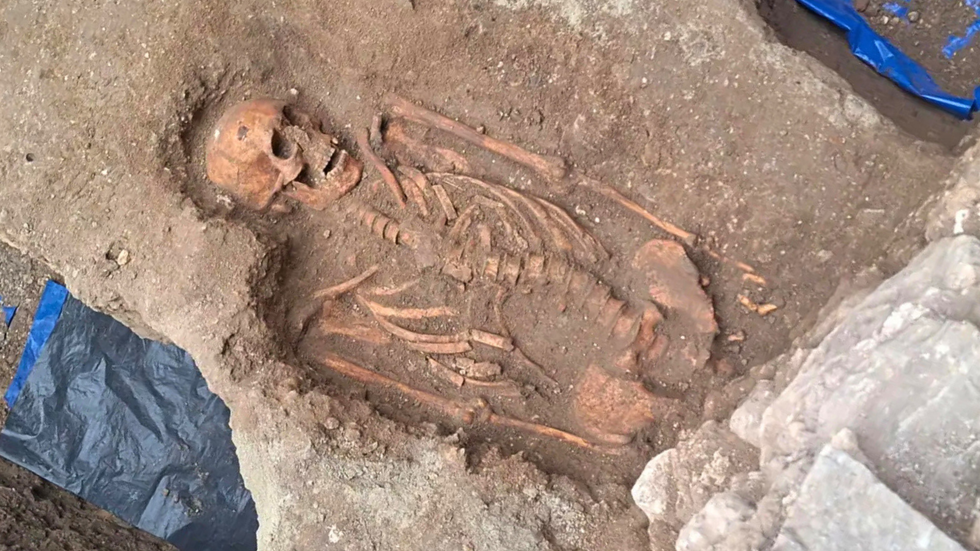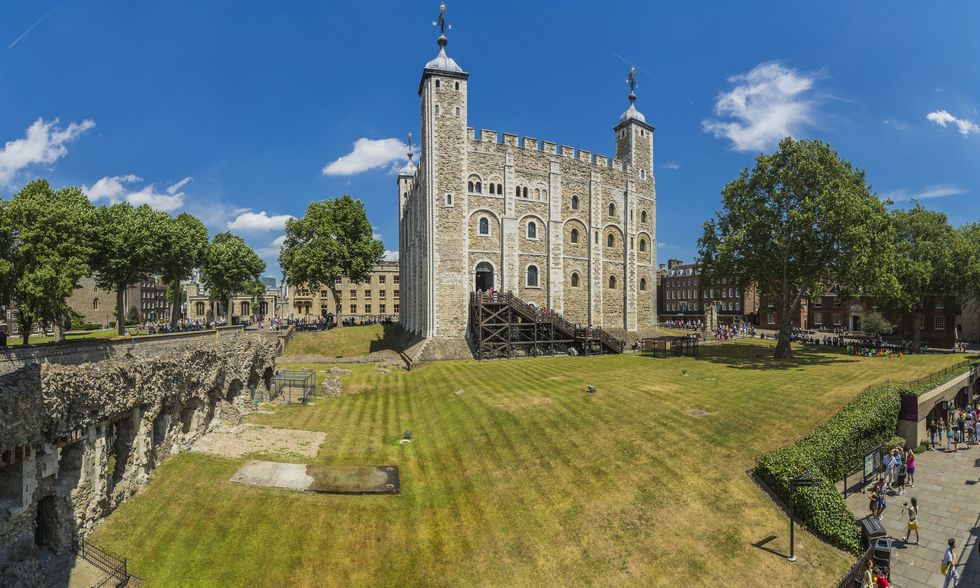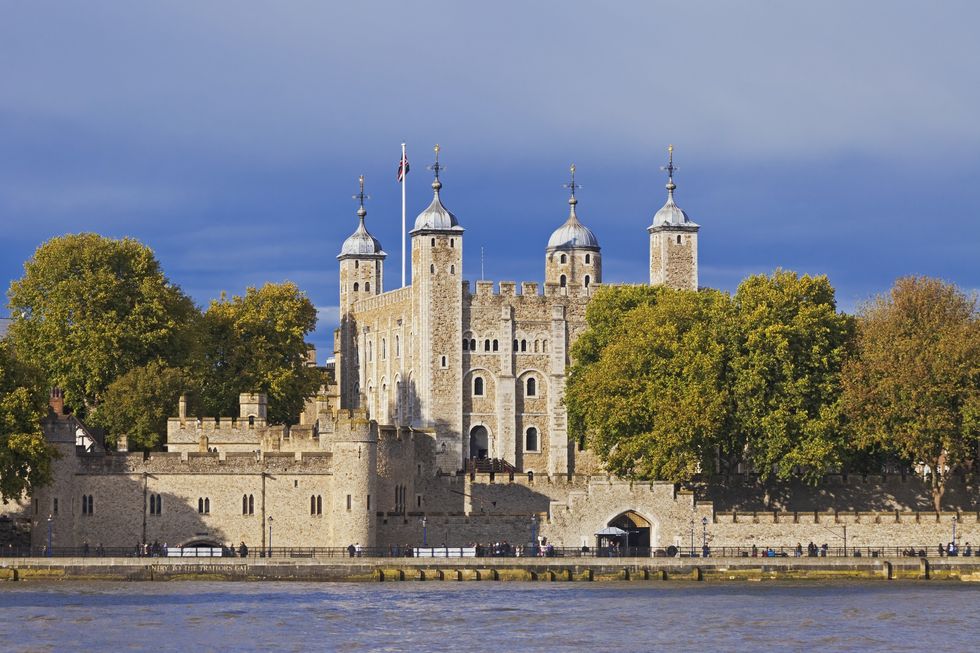Archaeology breakthrough as 'biggest Tower of London dig in 40 years' unearths 50 Black Death bodies
The Black Death reduced London's population from 100,000 to 20,000 in one generation
Don't Miss
Most Read
Latest
The biggest excavation in decades at the Tower of London has revealed remains from up to 50 people, with certain burials suggesting victims of the Black Death are among the bodies.
The excavation is taking place behind a plywood door near the White Tower, the oldest part of the complex dating back to 1066.
Dozens of bodies have been found, and it is thought they were ordinary people who lived and worked in the palace, about whom researchers know very little.
Historic Royal Palaces is running the dig with Pre-Construct Archaeology, an independent firm.
The pair are being advised by Historic England, with Alfred Hawkins, the curator of historic buildings at Historic Royal Palaces, calling it “hugely important.”

Dozens of bodies have been found, and it is thought they were ordinary people who lived and worked in the palace
|HISTORIC ROYAL PALACES/PRE CONSTRUCT ARCHAEOLOGY
“It is literally a generational opportunity. Historic Royal Palaces have never done an excavation like this and we won’t do it again,” Hawkins told The Times.
The dig is taking place at the Chapel Royal of St Peter ad Vincula, which is the final resting place of people such as Thomas More, Anne Boleyn and Catherine Howard, all of whom were executed on orders from Henry VIII.
So far, it has been confirmed that at least 25 burials were made in the small area, but remains have been found which could be from as many as 50 people.
While the Tower is known for its violent history, including the execution of three English Queens, none of the dead uncovered seem to have met a violent end.

The largest excavation in 40 years at the Tower of London has uncovered up to 50 bodies
|GETTY
Researchers think some of the bodies may have been early victims of the plague as their burials appear “rushed” and are thought to date from the 14th century.
DNA testing will confirm if they did die from the Black Death, which reduced London’s population from 100,000 to 20,000 in one generation.
Another discovery uncovered grave goods including jars akin to incense burners, filled with charcoal, a custom which came from Norman Europe.
This suggests the person buried was either a member of the ruling class, a foreign traveller, or perhaps even both.
LATEST ARCHAEOLOGY HEADLINES:

While the Tower is known for its violent history, including the execution of three English Queens, none of the dead uncovered seem to have met a violent end
|GETTY
Items such as stained and painted glass, sewing needles, a pendant, and a ring have also been found, as well as four cannon balls and a mortar.
Six years ago, a test dig uncovered two Tudor bodies in the area, but this only scratched the surface.
The remains are all being treated with due respect, and once research has finished, they will be re-interred in a new ossuary.
These findings have all been made possible by the diligent work of archaeologists who have dug up to three and a half metres down, and sifted 50 cubic metres worth of soil through a common sieve.
Not only has the dig uncovered bodies and goods, but it has also helped to confirm the map of the medieval chapel which acted as the spiritual heart of the Tower for years.
The building currently there is Tudor-built, dating from 1519-20.
However, beneath the soil, a layer of ash has been discovered which seems to confirm records of a fire which burnt down Edward I’s chapel on the site.
Under that, Reigate stone has been uncovered, which researchers think to be from work commissioned by Henry III in 1240.
Even further down, evidence has been found of the 12th century chapel built by Henry I, although little is known about this.
The excavation also marks the Tower's modern function - it was necessitated by the upcoming construction of a lift to improve access for disabled people.








